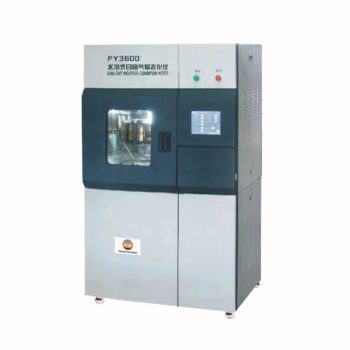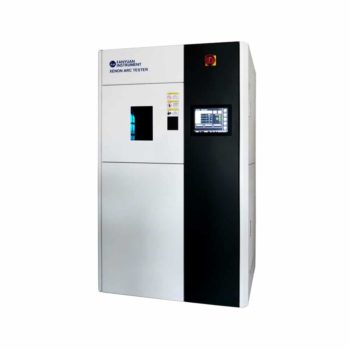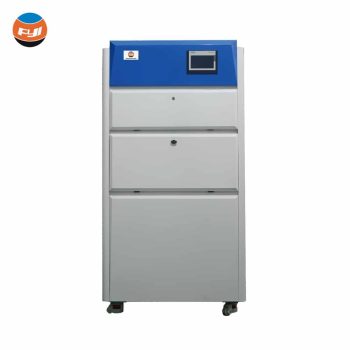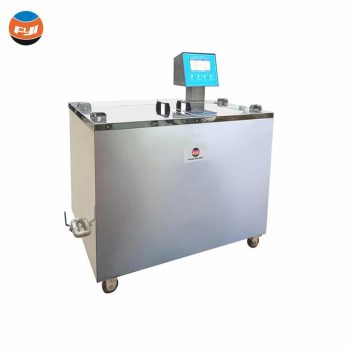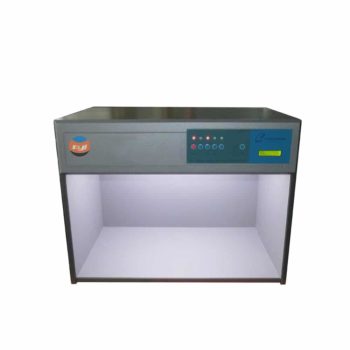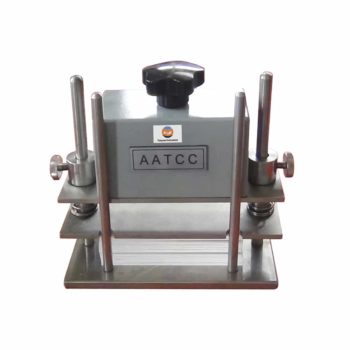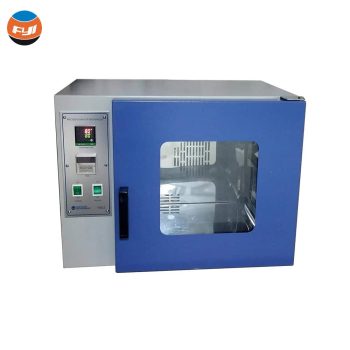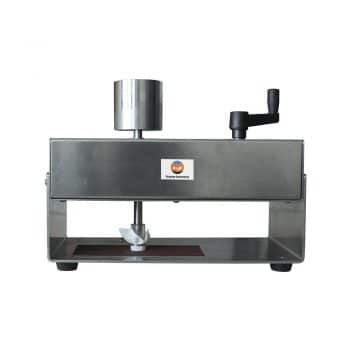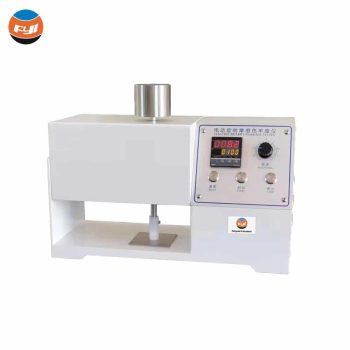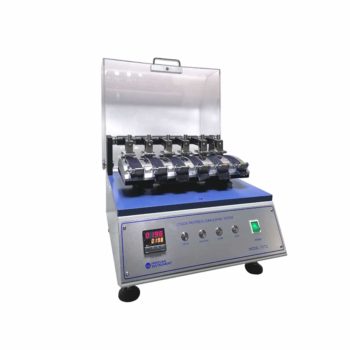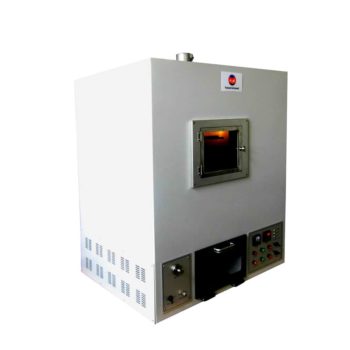Showing 1–16 of 21 results
Posts related to color fastness:
The Most Complete Guide to Color Fastness
The so-called color fastness refers to the degree of fading of dyed fabric under the action of external factors during use or processing. It is an important index of fabric.
Everything You Need to Know About Color Fastness to Washing
The color fastness of textiles to washing refers to the fabric’s capacity to retain its original color under washing circumstances. The blog contains the standard and determination for color fastness to washing, and some tips to improve it.
Color Fastness to Rubbing/Crocking Measuring Procedure
The degree of color fading of colored materials after rubbing is referred to as “color fastness to rubbing,” which is separated into color fastness to dry rubbing and color fastness to wet rubbing.
What Is Light Fastness and Why Is It Important?
Color fastness to light refers to a stain’s ability to preserve its original color when exposed to sunshine. The significance of light fastness is discussed in this post.
Sublimation Fastness-All You Need to Know
When the temperature climbs beyond a particular threshold (for example, setting above 180°C, ironing above 200°C), the dispersion dyes in polyester fibers directly change from powdery particles to gas and exit, altering the color of the polyester.
Factors Affecting Color Fastness of Textiles
The elements influencing textile color fastness are classified as internal and exterior. This blog lists 3 factors that affect color fastness.
Light Fastness Influencing Factors
Light fastness refers to the degree to which the color of the textile changes color under the action of sunlight or light after it has been dyed or printed. Here are the influencing factors of light fastness.
A Comprehensive Guide to Color Fastness to Light
The sun resistance of dyes and materials is measured by color fastness to light. Sun exposure or solar machine exposure can be used as a test procedure. The sample’s fading degree following sun exposure is compared to a standard color sample.
Color Fastness to Perspiration Related Questions
An article about color fastness to perspiration, including the definition, testing and related instruments of color fastness to perspiration.
Two important factors influence color fastness:
The first is dye performance, and the second is the formulation of dyeing and finishing procedures.
Posts related to color fastness:
The Most Complete Guide to Color Fastness
The so-called color fastness refers to the degree of fading of dyed fabric under the action of external factors during use or processing. It is an important index of fabric.
Everything You Need to Know About Color Fastness to Washing
The color fastness of textiles to washing refers to the fabric’s capacity to retain its original color under washing circumstances. The blog contains the standard and determination for color fastness to washing, and some tips to improve it.
Color Fastness to Rubbing/Crocking Measuring Procedure
The degree of color fading of colored materials after rubbing is referred to as “color fastness to rubbing,” which is separated into color fastness to dry rubbing and color fastness to wet rubbing.
What Is Light Fastness and Why Is It Important?
Color fastness to light refers to a stain’s ability to preserve its original color when exposed to sunshine. The significance of light fastness is discussed in this post.
Sublimation Fastness-All You Need to Know
When the temperature climbs beyond a particular threshold (for example, setting above 180°C, ironing above 200°C), the dispersion dyes in polyester fibers directly change from powdery particles to gas and exit, altering the color of the polyester.
Factors Affecting Color Fastness of Textiles
The elements influencing textile color fastness are classified as internal and exterior. This blog lists 3 factors that affect color fastness.
Light Fastness Influencing Factors
Light fastness refers to the degree to which the color of the textile changes color under the action of sunlight or light after it has been dyed or printed. Here are the influencing factors of light fastness.
A Comprehensive Guide to Color Fastness to Light
The sun resistance of dyes and materials is measured by color fastness to light. Sun exposure or solar machine exposure can be used as a test procedure. The sample’s fading degree following sun exposure is compared to a standard color sample.
Color Fastness to Perspiration Related Questions
An article about color fastness to perspiration, including the definition, testing and related instruments of color fastness to perspiration.
Two important factors influence color fastness:
The first is dye performance, and the second is the formulation of dyeing and finishing procedures.
